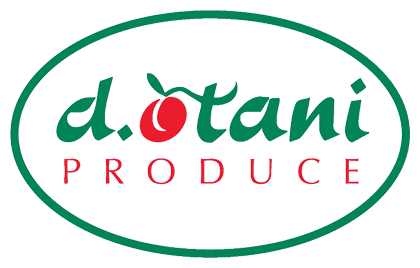![]() Commercial ripening rooms play a key role in the banana supply chain. They take in green fruit held dormant in refrigerated containers during transit, and days later turn out high quality, uniformly ripened fruit ready for shipping. Retailers, wholesalers and growers depend on these rooms to ripen truckloads of bananas to desired color stages timed to their varying delivery schedules. By initiating and controlling the natural ripening or respiration process of the fruit over a multi-day ripening cycle, the rooms control the rate at which a banana’s starches convert into sugar, which is also why bananas turn from green to yellow.
Commercial ripening rooms play a key role in the banana supply chain. They take in green fruit held dormant in refrigerated containers during transit, and days later turn out high quality, uniformly ripened fruit ready for shipping. Retailers, wholesalers and growers depend on these rooms to ripen truckloads of bananas to desired color stages timed to their varying delivery schedules. By initiating and controlling the natural ripening or respiration process of the fruit over a multi-day ripening cycle, the rooms control the rate at which a banana’s starches convert into sugar, which is also why bananas turn from green to yellow.
“Banana ripening cycles typically run four, five or six days,” said David Byrne, vice president at Thermal Technologies, based in Blythewood, SC. “The choice really comes down to the needs of the user.”
Thermal Tech is a global leader in produce ripening room design and installation. “Retailers, wholesalers and growers each have their own unique business demands,” Byrne said. “A five or six-day cycle typically works best for the retailer, while a wholesaler may choose a four-day cycle to meet the need for a specific market or faster turnover. While the results of these cycles may initially look the same, there are differences in outcome depending on the cycle selected.”
Banana ripening cycles, regardless of duration, follow the same basic steps. After inspection, bananas are loaded into a ripening room and pulp temperatures are elevated to a desired set point for gassing. The room is gassed with ethylene, a naturally occurring gas emanated by ripening fruit, for 24 hours. After gassing, the room is vented to remove the ethylene. This initial combination of elevated temperature and application of ethylene gas initiates the ripening process.
As the fruit “breaks” and begins to turn yellow, temperatures are held steady, or gradually lowered, based on how fast the fruit is progressing. On the final day, the bananas are ready to ship at the specified color and more importantly, under temperature control.
“The key difference between a four, five or six-day day cycle is pulp temperature,” said Byrne. “A four-day cycle uses a higher temperature set point (64(F) and a six-day cycle uses a lower temperature set point (60(F). The difference between the two is the overall rate at which the bananas are going to ripen from that point forward.”
Simply put, bananas ripened at higher temperatures progress through their color stages faster than bananas ripened at lower temperatures. They can also be harder to control. Although they may look the same for a time, bananas ripened at higher temperatures typically have a shorter lifespan on retail shelves and on the kitchen counter at home. Bananas ripened at lower temperatures for a longer period of time allow a longer and more gradual respiration process, resulting in outstanding taste, extended shelf life and better control.
That’s why most retailers tend to use longer cycles at lower temperatures. Wholesalers serving a range of restaurants, convenience stores, food-processing facilities, produce markets and local retailers often use a variety of ripening cycles based on capacity and turnover. Today’s pressurized ripening rooms not only allow this flexibility, but are able to maximize the quality and uniformity of the bananas no matter which ripening cycles are used by providing uniform pulp temperature control and humidity levels.
“Eighteen of the top 20 retailers in North America use our rooms, as well as scores of leading regional wholesalers,” said Byrne. “Several of the large multi-national banana and avocado brands use our rooms as well. Based on what I’ve seen from these clients, I would say the five-day ripening cycle has proven to be the most widely used for bananas. It provides a good overall balance of turnover speed, predictable quality and shelf life. As far as ‘optimal’ goes, I would have to say the most successful retail programs I’m seeing are moving to a six-day ripening cycle. Some may not have adequate capacity for a longer cycle so they do the best they can with what they have. It basically just comes down to the balanced needs of each individual client and how it works best within their overall business process.”
Shannon Rutherford is president of Enviroprint Int’l. He can be contacted at srutherford@netreach.net.

